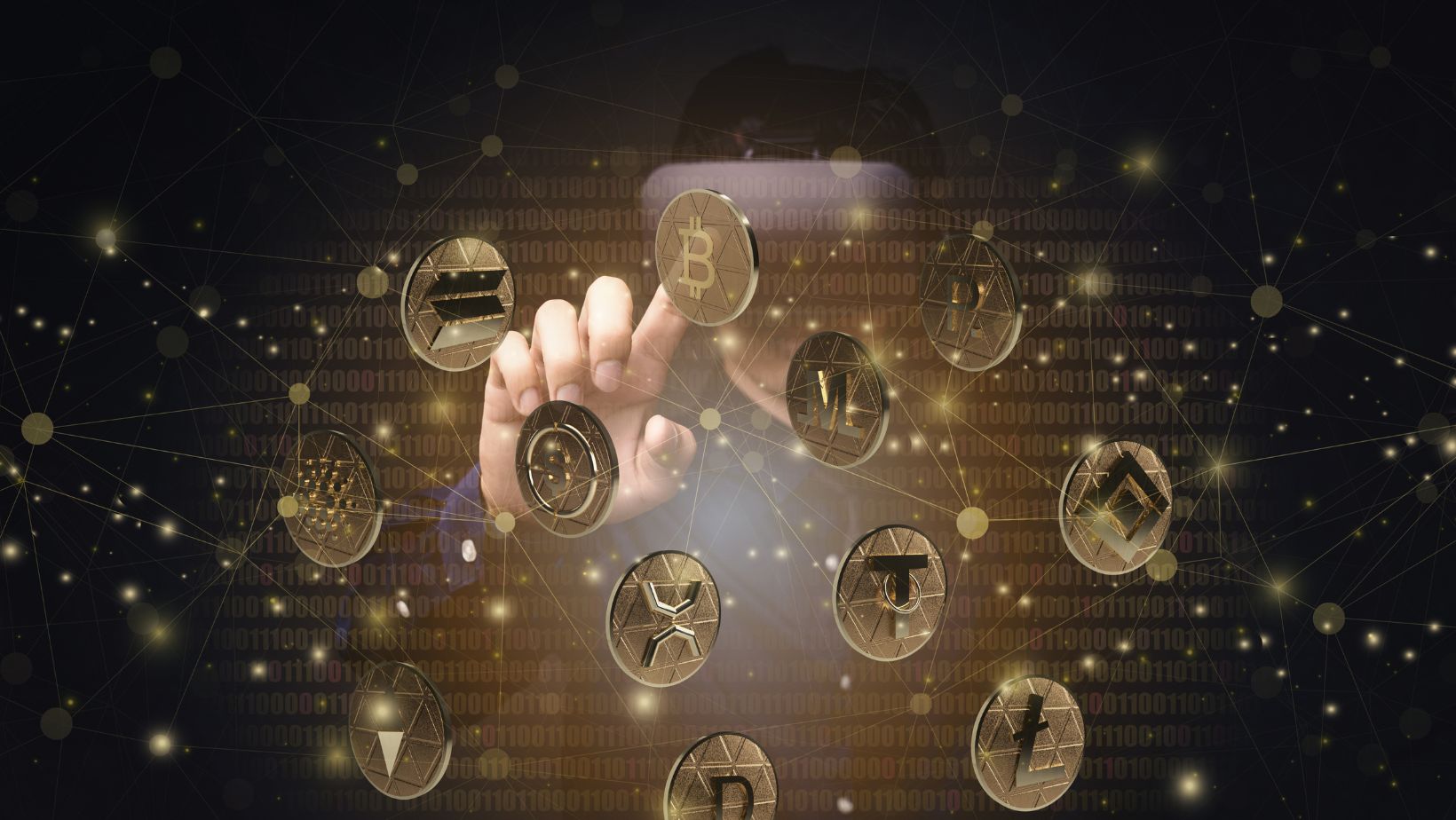New trading and investing methods have emerged from cryptocurrency. Quick transactions and a decentralized system appeal to people. However, independence has major risks. Fraud plagues the crypto business. Criminals use new tricks to deceive people, and old security methods don’t always succeed.
AI is increasingly important here. AI can analyze a lot of data, find hidden trends, and respond quickly when suspicious. It changes fraud detection and makes individuals feel safe in a scary field.
Why Fraud Is a Big Problem in Crypto
Cryptocurrency works differently from cash. Not one person or group controls it. This gives people more flexibility but makes cheating easier. Scams operate successfully because transactions are irreversible. Making fake wallets, issuing fake offers, or using stolen accounts can steal money. Old methods like manual checks can’t always stop these attacks.
Thus, new answers are needed. Because it responds faster than organizations, AI creates new doors. AI character generator can create distinct digital characters, and AI can detect different frauds. AI can learn from patterns, giving it an advantage over traditional methods. It is becoming a shield to protect users in a dangerous location.
How AI Understands Patterns in Transactions
One of the best things about AI is that it can see things that people might not. In the realm of cryptocurrencies, there are thousands of transactions every second. One individual can’t observe all of them and figure out which ones are suspicious. This job can be done by AI systems. They learn what regular behavior is and sound an alarm when something strange happens.
For instance, AI can tell if a wallet that generally makes little transfers suddenly sends a lot of money. It can also tell if the same wallet is sending money to a lot of new addresses at once. These little things might not signify fraud straight away, but when you put them all together, they can show that something is wrong. AI gets stronger at finding patterns the more data it looks at. This ongoing learning gives it a great way to find fraud in crypto.
Detecting Suspicious Wallets and Transfers
Fraud generally starts with wallets that are dangerous and transfers that look fishy. Criminals might make new wallets to mask their identity, or they might utilize stolen wallets to shift money fast. AI can help keep an eye on these things. It doesn’t just look at one transaction; it looks at the whole history of a wallet. AI can flag a wallet as suspicious and inform security professionals if it is linked to unsafe behavior. This technique helps stop bogus transfers before they can do any harm.
AI can stop fraud from happening in the first place, instead of waiting for it to be reported after it occurs. This gives people more confidence when they trade or send money. Knowing that a system is always looking for dangers in the background makes the experience safer and more trustworthy..
Real-Time Monitoring for Safer Trading
In Bitcoin, speed is highly crucial. Transactions happen right away, and once they are done, they can’t be undone. This is why one of AI’s best features is that it can monitor things in real time. It can look at transactions as they happen and stop or block anything that seems suspicious right away.
Think about trying to send money, but before the transfer is finished, the system finds out that the wallet you’re sending it to is linked to past scams. AI can block the transfer instead of letting it go through, which keeps the user from losing money. Human teams could never react thus quickly on their own. Real-time monitoring not only cuts down on fraud, but it also makes users more likely to trust digital currencies.
Balancing Innovation and Security in Crypto
AI gives us amazing tools for safety, but it also makes things harder. One of the most important things to figure out is how to make cryptocurrencies safe while also keeping it open and new. Freedom and decentralization are what the crypto world is built on. Too much control could take away some of its original purpose. AI systems need a lot of data to perform well, yet this makes people worry about their privacy.

Developers need to find a happy medium. They need to develop mechanisms that are robust enough to stop fraud but not so strict that they take away the freedom that draws people to crypto in the first place. If this balance isn’t kept, consumers can feel unsafe or excessively constrained, and either of these could affect the future of cryptocurrencies.
The Human and AI Partnership in Fighting Fraud
AI is powerful, but it can’t totally replace human judgment. Machines can find patterns, but they don’t necessarily know what they mean. A transfer that looks suspicious may turn out to be normal, and fraud can show up in ways that the system has never seen before.
This is why we still need specialists. In complicated scenarios, people tell AI what to do, check its work, and make the final choice. They can also change the systems as thieves find new ways to do things. The best defense is when AI and human knowledge work together. They operate together to keep the crypto world safe, not one replacing the other.
Final Say
Fraud will always plague cryptocurrency, but AI is helping us identify new solutions. AI detects patterns, monitors suspicious wallets, and tracks transactions, making trading safer and more reliable. It also raises the question of how to secure crypto’s unique openness. AI tools and humans may need to collaborate in the future. They can collaborate to build trust in a risky system. AI will improve consumer safety and define digital money as it improves.

